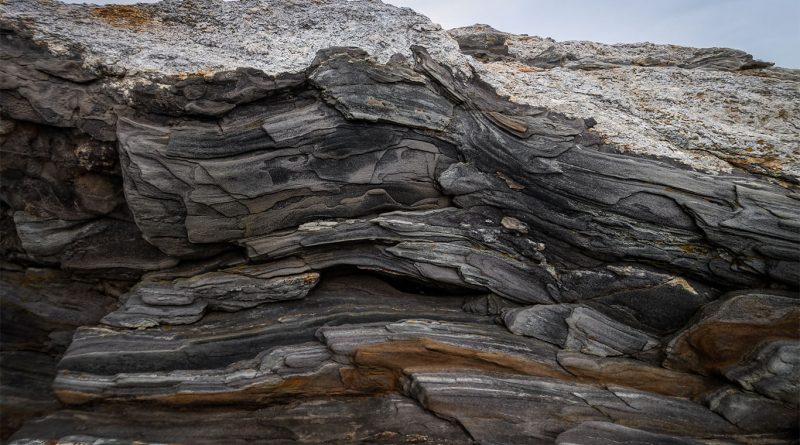5 Aspects to Unveil the Mystery: How is Metamorphic Rock Formed?
Metamorphic rocks, with their intricate textures and rich histories, are more than just stones; they are storytellers of the Earth’s dynamic past. These rocks, formed deep within the Earth or at its more volatile edges, narrate a tale of transformation under extreme conditions. This listicle delves into the fascinating world of metamorphic rocks, exploring their origins, the processes of their formation, and the factors that contribute to their unique characteristics. From the depths of the Earth’s crust to the peaks of the highest mountains, metamorphic rocks are a testament to the planet’s restless nature and its ability to change and adapt over geological time scales. Join us as we unravel the secrets of these geological wonders, understanding how heat, pressure, and chemical processes work in tandem to metamorphose ordinary rocks into extraordinary testaments of Earth’s unceasing evolution.
1. Origin of Metamorphic Rocks
Metamorphic rocks begin as pre-existing rocks (sedimentary, igneous, or other metamorphic rocks) that undergo a significant transformation due to intense heat and pressure conditions, different from those in which the original rock was formed.
2. Role of Heat and Pressure
The transformation into metamorphic rock involves two key factors: heat and pressure. This metamorphism process can happen deep within the Earth’s crust where temperatures and pressures are high. It can also occur locally in areas impacted by the heat from magma.
3. Seismic Activity Influence
Earth’s seismic activity plays a crucial role. The movement of tectonic plates and seismic events can lead to the required pressure and temperature conditions needed for metamorphism. This process is often gradual, spanning thousands to millions of years.
4. Types of Metamorphism
There are different types of metamorphism, including regional (affecting large areas of the Earth’s crust, often related to tectonic movements) and contact metamorphism (caused by the heat from magma intruding into the surrounding rocks.
5. Formation Process
The process of metamorphism does not melt the rocks, but rather, it alters their mineral composition and texture. New minerals can form from the existing ones, and the rocks can become more compact and dense, with a distinct layered or banded appearance.
The formation of metamorphic rocks is a fascinating process driven by intense heat, pressure, and chemical changes deep within the Earth’s crust or near volcanic activity. These rocks originate from pre-existing rocks and undergo transformation through various types of metamorphism. Throughout this process, rocks undergo changes in mineral composition and texture, resulting in the formation of unique and visually striking metamorphic rocks. Understanding the formation of metamorphic rocks provides valuable insights into Earth’s dynamic processes.
